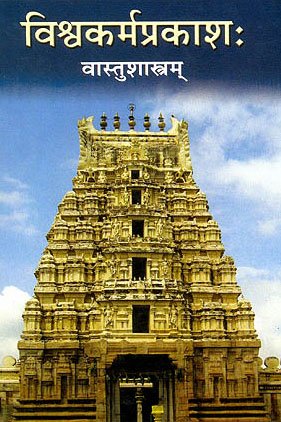Sharkaracurna, Śarkarācūrṇa, Sharkara-curna: 1 definition
Introduction:
Sharkaracurna means something in Hinduism, Sanskrit. If you want to know the exact meaning, history, etymology or English translation of this term then check out the descriptions on this page. Add your comment or reference to a book if you want to contribute to this summary article.
The Sanskrit term Śarkarācūrṇa can be transliterated into English as Sarkaracurna or Sharkaracurna, using the IAST transliteration scheme (?).
Alternative spellings of this word include Sharkarachurna.
In Hinduism
Vastushastra (architecture)
Source: OpenEdition books: Architectural terms contained in Ajitāgama and RauravāgamaŚarkarācūrṇa (शर्कराचूर्ण) refers to “limestone powder, lime § 2.16.”.—(For paragraphs cf. Les enseignements architecturaux de l'Ajitāgama et du Rauravāgama by Bruno Dagens)

Vastushastra (वास्तुशास्त्र, vāstuśāstra) refers to the ancient Indian science (shastra) of architecture (vastu), dealing with topics such architecture, sculpture, town-building, fort building and various other constructions. Vastu also deals with the philosophy of the architectural relation with the cosmic universe.
See also (Relevant definitions)
Relevant text
No search results for Sharkaracurna, Śarkarācūrṇa, Sharkara-curna, Śarkarā-cūrṇa, Sarkaracurna, Sarkara-curna; (plurals include: Sharkaracurnas, Śarkarācūrṇas, curnas, cūrṇas, Sarkaracurnas) in any book or story.